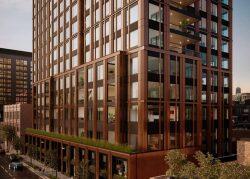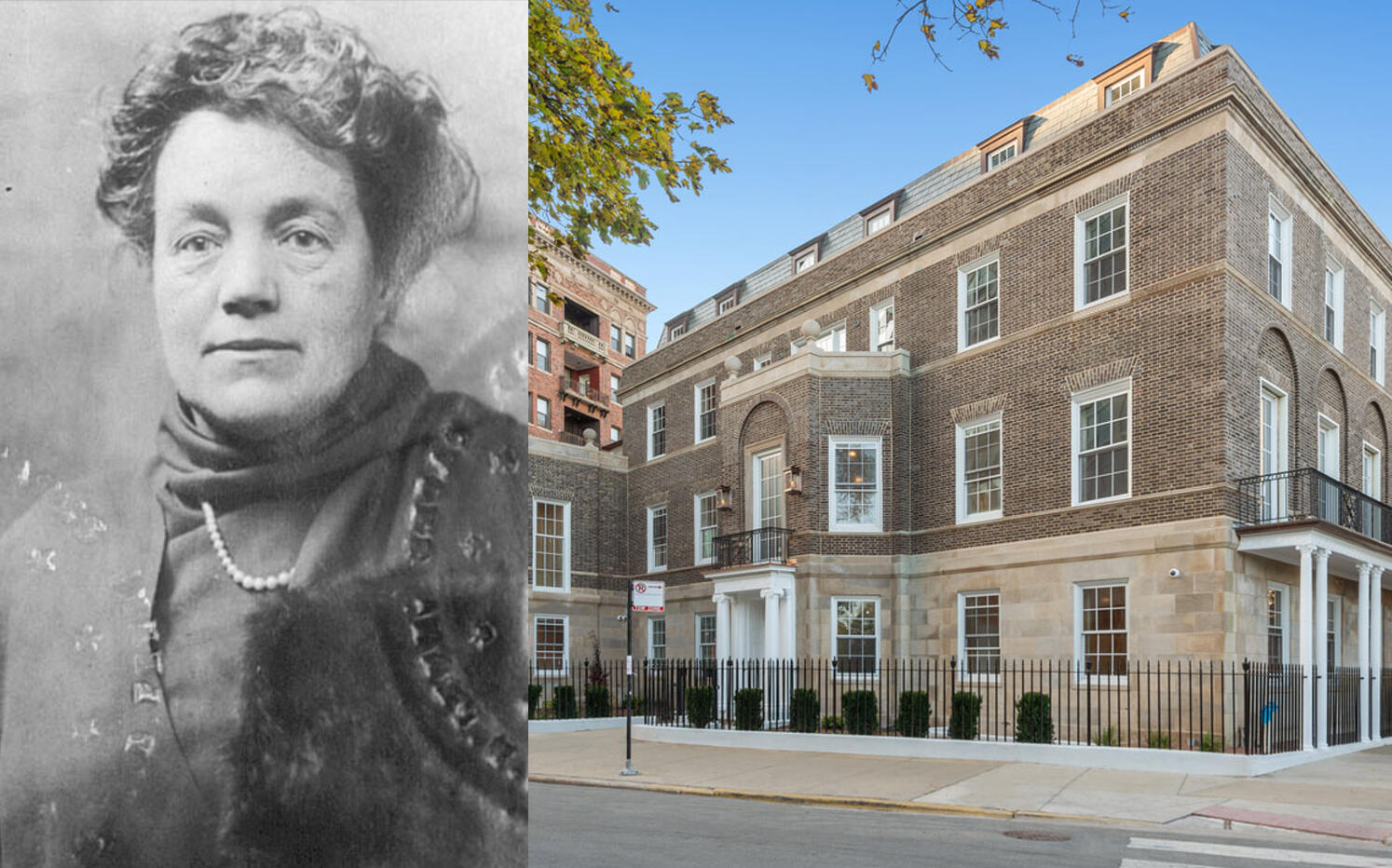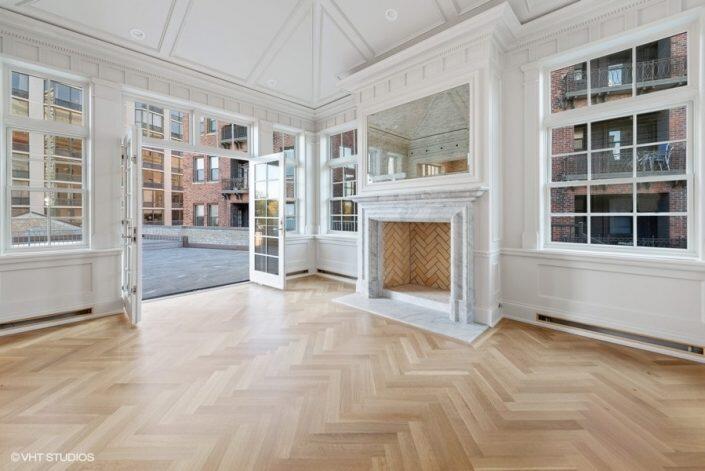 More $2M-plus condos coming in West Loop building that hasn’t broken ground
More $2M-plus condos coming in West Loop building that hasn’t broken ground
Trending
Condo in Titanic survivor’s mansion hits market for almost $8M
The Lincoln Park home was built for Emily Ryerson and her children in 1917 after they survived the famous sinking

Let’s hope the buyer doesn’t have a sinking feeling.
One of two condos in the restored mansion built by a Titanic survivor hit the market for $7.65 million – more than double the price of the then-rundown home in 2017, Crain’s reported. The unit has five bedrooms across 6,400 square feet and still has some of the original finishes from an original 1917 design by David Adler and Henry Dangler.
The condo has bookcases, fireplaces, columns and decorative molding on top of a checkerboard marble tile and herringbone-patterned wood floor that date back to when Emily Ryerson lived there. It takes up the first and second floors of the four-story building and has terraces on three sides, the longest of which faces a park across the street.

2700 North Lakeview Avenue (VHT Studios)
While some original features took time to fix, the owners didn’t want to “rip anything out,” said Wendy Berg, a Baird & Warner agent representing the condos. The other unit, which has been on the market since January with an asking price of $5.65 million, didn’t retain many of the historical details and essentially got a new interior entirely.
The 16,000-square-foot home was built by Emily Ryerson and her three children after they fled the Titanic in a lifeboat while traveling home for the funeral of another son, a Yale student who had been killed in a car accident. Her husband, Arthur Ryerson, was among about 1,500 people who lost their lives.
The Ryerson mansion is one of several Georgian row homes that Adler and Dangler designed near the 2700 North Lakeview Avenue property.
The mansion, which hasn’t been a residential property since 1946, housed the addiction recovery and mental health facility Thresholds since 1975.
While most of the interior had been divided into small, dormitory-style rooms and the living room had been used as a basketball court, many features survived years of rough living.
Read more
 More $2M-plus condos coming in West Loop building that hasn’t broken ground
More $2M-plus condos coming in West Loop building that hasn’t broken ground
[Crain’s] — Victoria Pruitt




